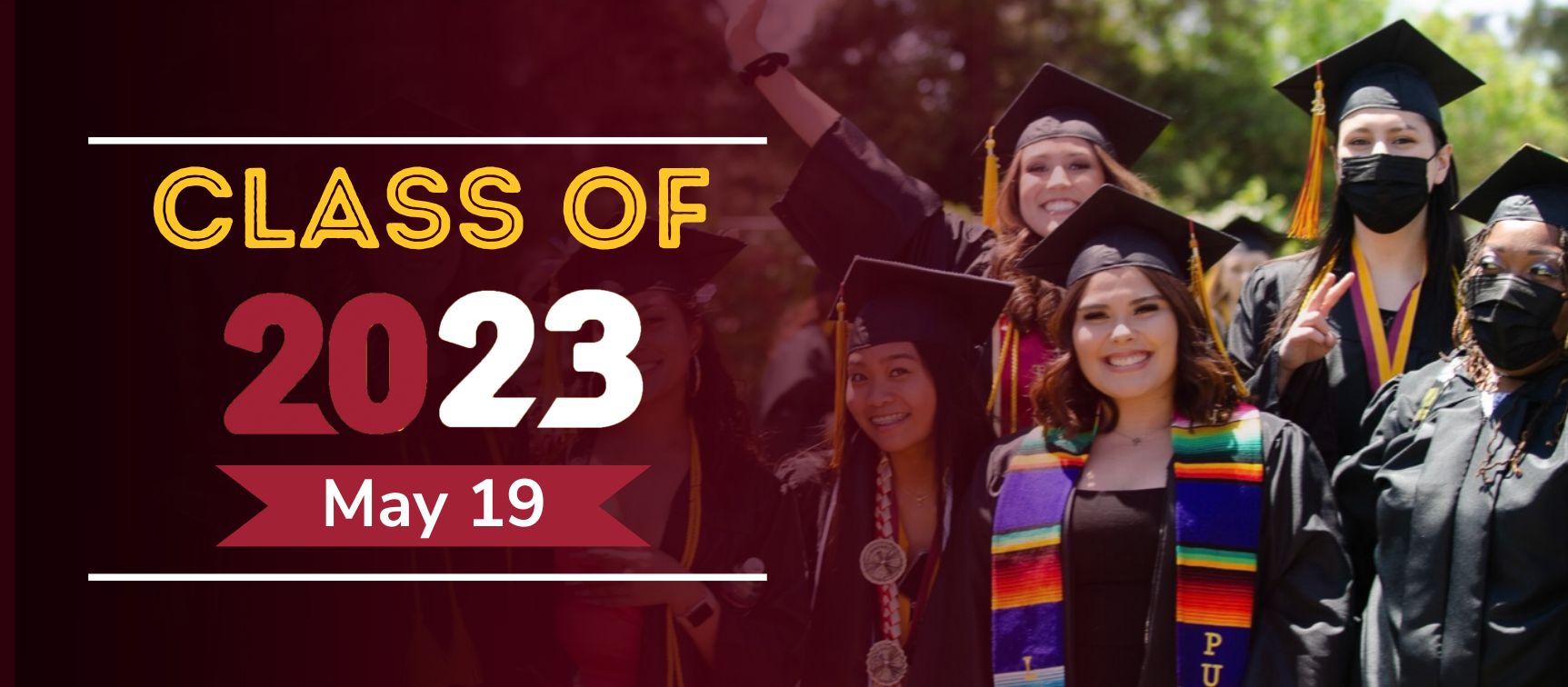
Symbols & Meanings
Commencement means the starting point. While we often think of commencement as the end of an academic journey, the ceremony and celebration are intended to mark the beginning of a future enriched by the experiences and education graduates obtained over the course of their college career. Commencement is imbued with traditions that tie us to a long history of scholars and optimists who viewed learning as key to making the world a better place. A greater understanding of ourselves and the world around us leads us to better problem solving and building a better world for future generations.
Here, Los Medanos College provides a guide to the symbols and meanings of academic ceremonial traditions.
Caps
Those wearing academic regalia always wear their caps, also known as mortar boards, in academic processions and during the ceremony of conferring degrees. Men may remove caps during prayer, the playing of the national anthem and the alma mater, and at other specified times, such as the commencement address. It is tradition that all such actions be done in unison. The participants should be notified beforehand, and someone (usually the presiding officer) gives the cues for removing and replacing the caps.
Los Medanos College has adopted the practice, during commencement exercises, of requiring candidates to wear the tassels on the right front side before degrees are conferred and to shift them to the left at the moment when degrees are awarded to them. The color of the tassel can denote academic honors.
Gowns
At ceremonies where degrees are conferred, it is proper for a candidate to wear the gown in keeping with the degree to be received. At Los Medanos College, graduates wear black gowns.
Stoles
A graduation stole demonstrates academic achievements and/or a candidate’s participation in an extracurricular activity on campus, such as a club, a community or pre-professional organization. It could also represent the program from which a candidate is graduating.
There’s a long history surrounding the graduation stole, and it is representative of ancient tradition. The name comes from stola, a Latin-Greek word meaning garment. In the twelfth and thirteenth centuries, the scholars usually were clerics, and they adopted garb similar to that of their religious orders.
At Los Medanos College, stoles represent membership or participation in various programs or learning communities including, but not limited to:
- Extended Opportunity Programs & Services (EOPS)
- Honors Program
- Los Medanos College Associated Students (LMCAS)
- Nursing Program
- Pride Alliance
- Puente Program
- Math, Engineering, Science Achievement (MESA)
- Transfer Academy
- Umoja Scholars Program
- Veterans Resource Center
Hoods
If a person holds more than one academic degree, they may wear only one hood at a time. The hood worn should be appropriate to the gown, and should reflect the highest degree earned by the scholar.
Commencement Exercises
The commencement procession is composed of the following groups:
The speakers, trustees, administrative officers, and other members of the platform party
The Commencement Ceremony
The essential elements of the ceremony are the conferring of degrees. Earned degrees are usually conferred in ascending order, with baccalaureate degrees first and doctorates last. Honorary degrees are conferred, with individual citations, before or after the earned degrees.
At Los Medanos College, graduates are not required to line up in a designated order for the conferring of degrees. Graduates may sit with their friends and are called forward in the order they are seated.
The Subsequent Procession
The platform party and faculty leave the stage in order. Recipients of degrees are required to join the procession and are led by the ceremony ushers.
More information about academic ceremonies and regalia is available from the American Council on Education (ACE).
Share your photos with us!
#lmcgrad

